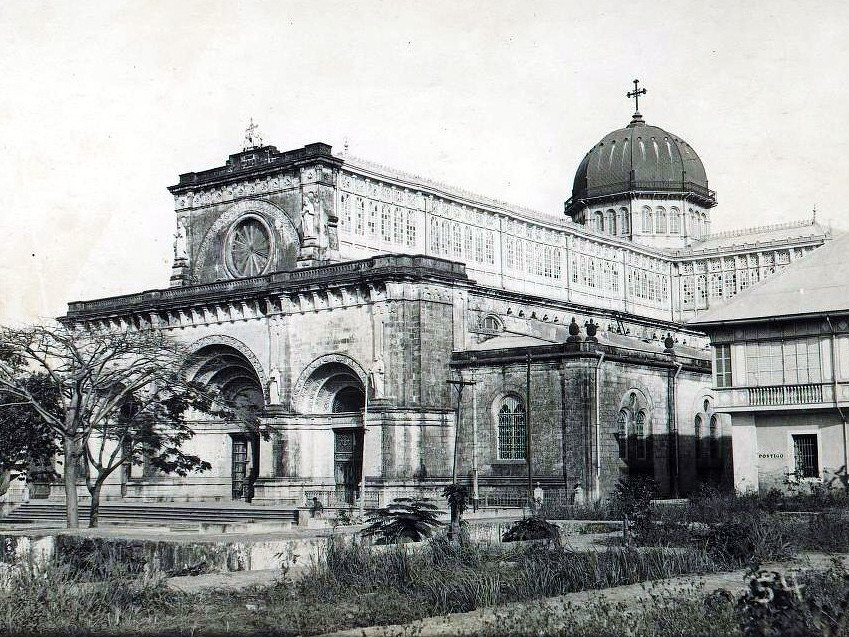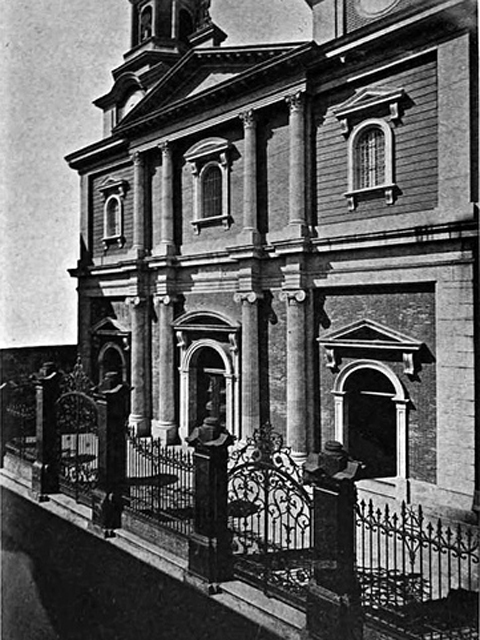It’s fast becoming a tradition. This year, just like last year, the night before my birthday, I chose to dine again in a Filipino restaurant. And this time, I had it in a great restaurant inside the Walled City.
Have you heard about Barbara’s?
Barbara’s restaurant is located inside the elegant Plaza San Luis Complex, in front of San Agustin Chruch. This plaza is my favorite spot inside Intramuros. Inside you will find the beautiful Casa Manila, White Knight Hotel Intramuros and La Monja Loca Store- all of which are pretty much about the old Philippines. During my first time inside it, I thought I was somewhere in Spain! It was beautiful! It was the Philippines during the era of the Spanish conquistadores.
And then we entered Barbara’s.
I remembered during high school, my Filipino teacher would call my late-coming classmates “Gobernador Generales”. In English, the Governor Generals. The Spanish rulers of Las Islas de las Filipinas! It was said that the Governor General will always come in late for any gatherings. Everyone will have to wait for them before anything starts. They were kings!
This is what I exactly felt when I entered Barbara’s. I came in late for the cultural presentation. (Office time is till' 7pm so I really have no choice.) And when we came, they started dancing. I was the Governor General that night!
Imagine entering a restaurant serving authentic Filipino dishes and filled with loud Filipino music while dancers entertain the guests with traditional Filipino dances. Watch their awesome performance of Tinikling here!
When we were assisted by a waitress in Filipiniana to our seats (looked like the owner of the house during the old times), the more that I felt like a Governor General. But I did not remain in my seat. I stood up and stayed near the center where all the dancing and singing are happening. It was an amazing experience! It’s been a year that I’m blogging about food and travel (I have an old blog here). But this is the first time that I heard of a Filipino restaurant inside the Walled City where cultural presentations are being held every night (except Sundays)! I found the best Filipino restaurant of all time!
I thought I was already a "full" Filipino. Through blogging and through my travels, I have eaten a lot Filipino dishes already. I've witnessed a couple Filipino cultural presentations too. I have even sang at least one Kundiman song while wearing Barong Tagalog. But my moment at Barabara’s showed me the things that I don't know yet about my own culture. It has taken me to a new and remarkable experience- dining as a Filipino in a big Spanish-Filipino house within the historic Walled City while watching Filipino cultural performances.
A paragraph in their brochure said it right, “Step into a place reminiscent of old world elegance. Located along the historic General Luna street in Intramuros, the restaurant evokes the charm and beauty of a bygone era. Go up the intricately carved staircase and be greeted by silver-gilded mirrors. With high ceilings and crystal chandeliers, the setting is a world apart from your modern day shopping mall restaurant.”
Experience more of Kultura Filipina at Barbara's Restaurant through our YouTube videos! Please visit our channel at http://www.youtube.com/user/intramurosmanila.
 |
| Barbara's is located at the Plaza San Luis Complex in Intramuros. They are open from Mondays thru Saturdays. Dinner starts at 6:30pm. |
Barbara’s restaurant is located inside the elegant Plaza San Luis Complex, in front of San Agustin Chruch. This plaza is my favorite spot inside Intramuros. Inside you will find the beautiful Casa Manila, White Knight Hotel Intramuros and La Monja Loca Store- all of which are pretty much about the old Philippines. During my first time inside it, I thought I was somewhere in Spain! It was beautiful! It was the Philippines during the era of the Spanish conquistadores.
 |
| Plaza San Luis Complex is one of the most interesting spots within the Walled City. It houses Casa Manila, White Knight Hotel Intramuros, La Monja Loca Store and Barbara's Restaurant. |
And then we entered Barbara’s.
I remembered during high school, my Filipino teacher would call my late-coming classmates “Gobernador Generales”. In English, the Governor Generals. The Spanish rulers of Las Islas de las Filipinas! It was said that the Governor General will always come in late for any gatherings. Everyone will have to wait for them before anything starts. They were kings!
This is what I exactly felt when I entered Barbara’s. I came in late for the cultural presentation. (Office time is till' 7pm so I really have no choice.) And when we came, they started dancing. I was the Governor General that night!
Imagine entering a restaurant serving authentic Filipino dishes and filled with loud Filipino music while dancers entertain the guests with traditional Filipino dances. Watch their awesome performance of Tinikling here!
When we were assisted by a waitress in Filipiniana to our seats (looked like the owner of the house during the old times), the more that I felt like a Governor General. But I did not remain in my seat. I stood up and stayed near the center where all the dancing and singing are happening. It was an amazing experience! It’s been a year that I’m blogging about food and travel (I have an old blog here). But this is the first time that I heard of a Filipino restaurant inside the Walled City where cultural presentations are being held every night (except Sundays)! I found the best Filipino restaurant of all time!
 |
| The performers of Kultura Filipina at Barbara's Restaurant. Show starts at 7:15pm everyday- except Sundays. |
I thought I was already a "full" Filipino. Through blogging and through my travels, I have eaten a lot Filipino dishes already. I've witnessed a couple Filipino cultural presentations too. I have even sang at least one Kundiman song while wearing Barong Tagalog. But my moment at Barabara’s showed me the things that I don't know yet about my own culture. It has taken me to a new and remarkable experience- dining as a Filipino in a big Spanish-Filipino house within the historic Walled City while watching Filipino cultural performances.
 |
| Barbara's serve authentic Filipino dishes. Dinner buffet is at Php495+. |
 |
| Salads and desserts at Barbara's. |
 |
| The old Filipino interior of Barbara's Restaurant. |












































